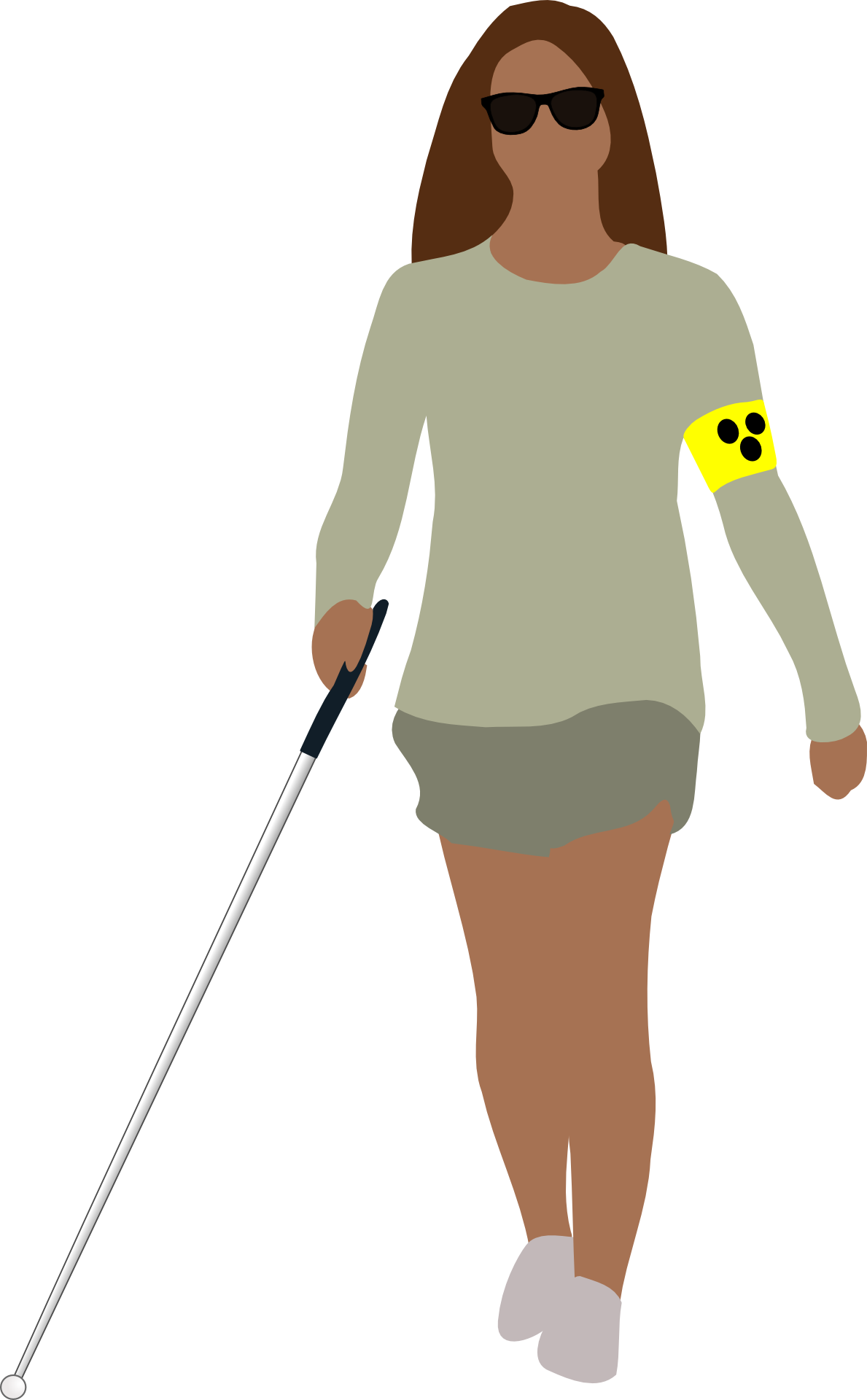What is WCAG, and what is it for?
Nowadays, almost everyone has been in contact with electronics, and the multimedia and content they contain from all over the world. People should have the chance to learn from electronic sources on an equal level, so all the time people are working on improving the accessibility of content, for example through various standards.
WCAG, or more precisely Web Content Accessibility Guidelines, is a set of guidelines for the accessibility of content on the WWW. Thanks to this standard, websites can be used by people who have various obstacles in their way, i.e. disabilities (e.g. limitations of sight, hearing, reason, etc.), old age or even faulty equipment.
Genesis
The first version was created in 1999. It was created by insufficient adaptation of websites to the needs of users with limitations. In 2014, it was established by three European organisations: CENELEC, CEN and ETSI. Currently (as of August 2018) version WCAG 2.1 is in use.
WCAG in the world
The increasing popularity and universality of this standard has influenced many countries around the world to base their laws dealing with accessibility and combating digital exclusion precisely on WCAG principles. For example, in Australia the “Disability Discrimination Act" was created and in the UK the “Equality Act". In October 2016, the Euro parliament adopted a directive on issues related to this very standard. It regulates the rules of creating websites and mobile applications related to public bodies and entities in terms of accessibility. According to it, they must meet the criteria of the WCAG 2.0 standard (A and AA). Websites covered by the directive that were created before the ordinance had an imposed deadline for making the necessary changes and corrections – 23 June 2021.
What are the standards for?
The standards make it easier for developers to understand the needs of people who are excluded at given levels. They explain how to develop websites and apps to make them accessible to people with disabilities, such as visual, hearing, mobility, but also intellectual disabilities or cognitive impairments. Websites and mobile apps that meet the WCAG guidelines are called digitally accessible.
Criteria for success and levels of accessibility
Each group contains more detailed guidelines. They are guidelines for people who design a website. In addition, each guideline includes criteria by which to judge whether its goals have been met. These criteria are called success criteria.
The WCAG standard consists of four main principles:
- Perceptibility – these are the information presented by the site, which must be shown in such a way that people with disabilities can perceive it without difficulty.
- Functionality – ensuring that users can find and use content regardless of what type of navigation they use. This can be achieved by:
-
-
- Operating everything using the keyboard alone
- No flashing content
- Understandable and consistent information with page titles
- Headings that clearly describe content
- Changing keyboard shortcuts and disabling them
- Comprehensibility – ensuring our content is understandable. We achieve this by:
- Simple language
-
- Understandable and visible labels
-
-
- Consistent design
- Using simple words and explaining them
- Identifying which language the text is in
-
- Solidity – the website should meet standards for given technologies, which will enable its long-term functioning. So on the one hand it is e.g. correct writing of tags, where the HTML standard requires it, and on the other hand it is important that all elements of the page work correctly e.g. checkbox.
In summary, standards for pages concerning people with disabilities, i.e. WCAG, are very much needed. We should be able to benefit equally from the unlimited knowledge available on the Internet, as it represents the future of human education.
Sources:
https://pl.wikipedia.org/wiki/Web_Content_Accessibility_Guidelines
https://psd2css.pl/baza-wiedzy/co-to-jest-wcag
https://www.w3.org/TR/WCAG20/
WCAG 2.1 w skrócie – Dostępność cyfrowa – Portal Gov.pl (www.gov.pl)
Photos:
https://pixabay.com/pl/vectors/%c5%9blepy-upo%c5%9bledzony-niepe%c5%82nosprawny-156095/
https://pixabay.com/pl/illustrations/kobiety-w%c3%b3zek-inwalidzki-krzes%c5%82o-5654980/
https://pixabay.com/pl/vectors/g%c5%82uchy-przes%c5%82uchanie-pomoc-ikona-6572786/
https://www.blulink.pl/files/oferta/wcag/wcag.png




